Cold Tomatoes, Warm Hearts: Lazy-Genius Eating for a Hot Summer
Get your snack logic on point and discover the joy of low-effort, high-satisfaction meals.
Let’s be honest: summer is not the time for complicated cooking. It’s too hot. Everyone’s tired. And you? You deserve better than sweating over a stove when the tomatoes are already doing most of the work.
This is your permission slip to eat like a total genius—with as little effort as possible—while still feeding yourself (and anyone lucky enough to be around) something real, fresh, and actually good.
If you’re looking for:
Easy no-cook summer meal ideas
Healthy snack plate inspiration
How to eat better without doing more
This one’s for you.

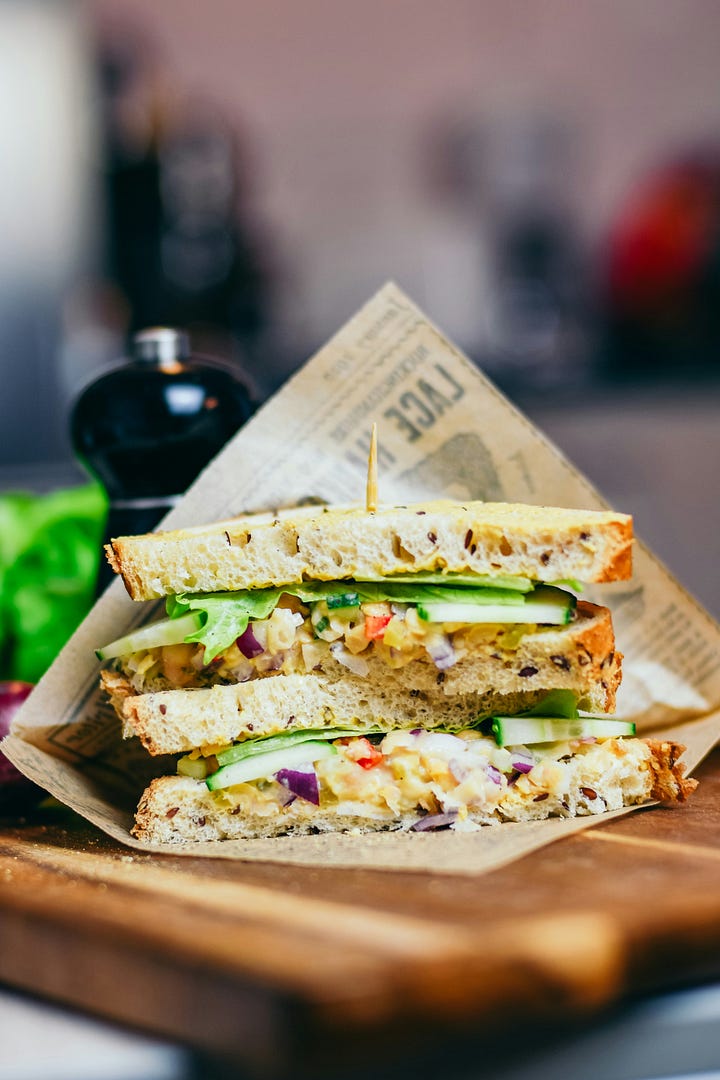
The Summer Food Cheat Code: Start With What’s Fresh
Freshness isn’t about some mythical farmers market aesthetic. It’s about what’s best right now. It might be from the corner store, your garden, or whatever you found slightly wilted but still kicking in the fridge.
Here’s the secret:
👉 The fresher it is, the less work it needs. That’s the game.
A good tomato needs barely more than salt. A piece of bread and olive oil is practically a love story. Throw a little soft cheese in there and you’re basically living your best European countryside fantasy…without leaving your sweaty apartment.
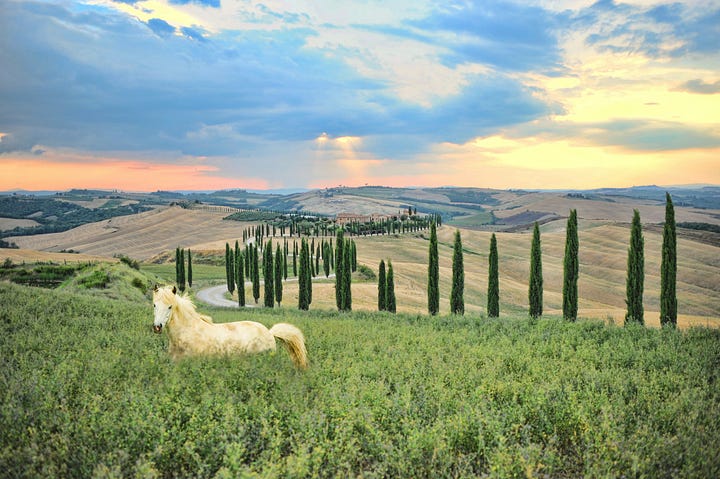

Hey food friends! 👋 I’m Kaitlynn, half of a food-loving couple 🍜 exploring DC (& beyond) who knows the best connections happen at a shared table 🍽️. Whether you're searching for the best hidden restaurants in Mexico City, trying to master your grandma's marinara 🍅, or just craving something real, I’m here with dishes (and discussions) that make life more interesting. Come hungry, leave inspired. ✨🍴
🌱 How to Cook Real Food with Fresh Nothing, Wherever You Are
This summer, we’re going back to the roots—literally and figuratively. Inspired by Italy’s cucina povera (aka how to make magic from humble ingredients), the height of seasonal produce (even if it’s just windowsill basil), and the gentle genius of cooking in rhythm with the world around you, this fresh nothing summer series is here to help you do more with less—and actually enjoy it.
Whether you’re stretching groceries, planting herbs in recycled yogurt cups, going in search of good berries or better bread, this is for you. We’ll visit divey restaurants and dreamy ones, hunt for good berries and better bread, and prove that the snack plate is a legitimate meal structure. We’ll explore why simple ingredients still matter, how fresh food can ground us in unstable times, and what it means to build a table worth gathering around. Think tomato sauce, warm bread, backyard herbs, and summer meals that make you feel human again.
This isn’t a rustic fantasy. It’s a survival strategy, a love letter to humble ingredients and real community—one tomato, one good meal, one shared moment at a time. No fancy pantry. No special gear. Just honest food made with care, wherever you are. Bring what you have—or just your hunger. We’ll bring the salt.
Snack Plate Logic: The Sandwich is a Spectrum
If you’ve been reading the internet as long as I have, you’ve probably seen one of those heated debates about whether something technically counts as a sandwich—like the infamous cube rule which aims to determine if a hot dog is a sandwich and delightfully digresses from there.
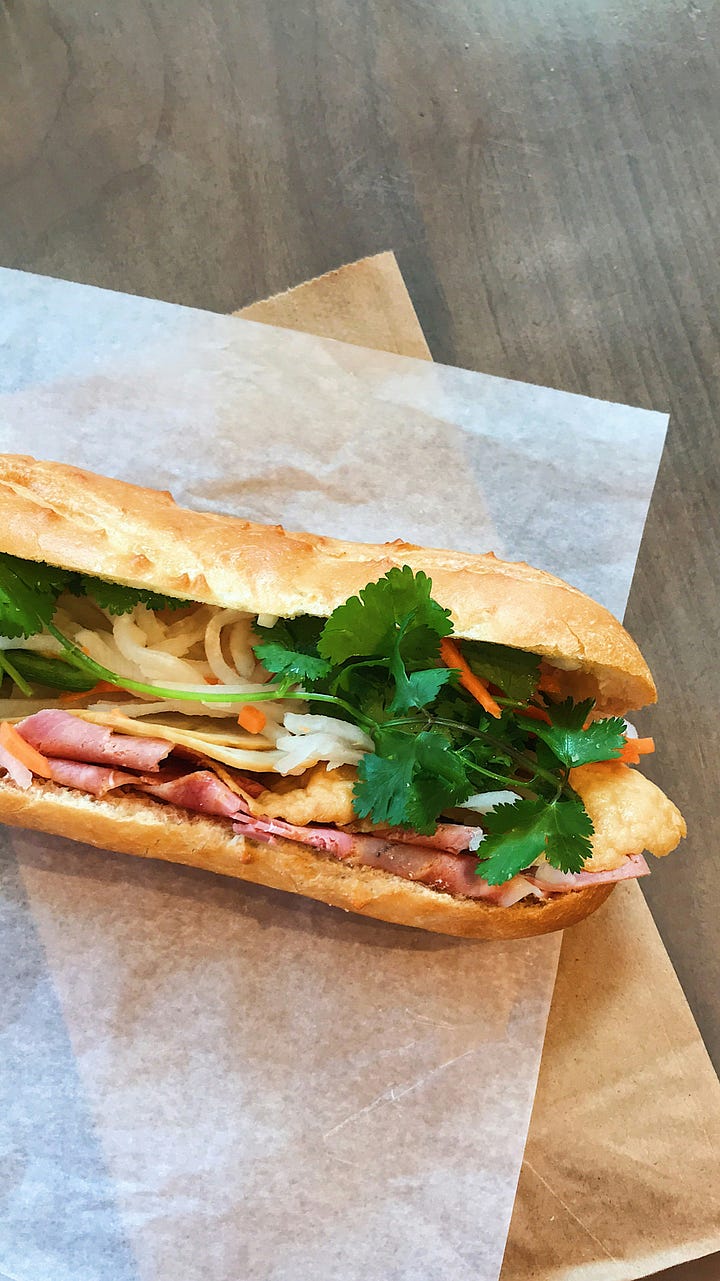
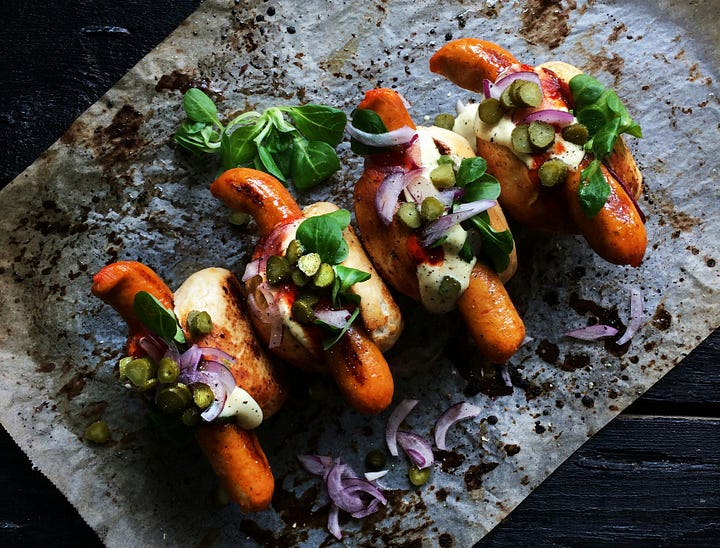
To me, the takeaway is that most of what we eat—whether it's stacked, folded, or scattered across a plate—follows the same basic pattern: some combo of protein, carbs, fiber, and produce. The exact ratios? Totally personal. You’ll find every corner of the internet swearing allegiance to one formula or another.
I’m not here to referee. I’m just saying: let’s keep it fun and easy, like charcuterie or a ham sandwich, but with enough fresh goodness to make your body and your mouth happy, however you want to arrange it.
For anyone who’s been feeding themselves for any real stretch of time, you’ve probably had one of those random fridge meals that looked a little ridiculous but kind of worked. A weird charcuterie board built out of odds and ends. And you know what? Those fridge raids actually share a lot with the fanciest hors d’oeuvres and curated charcuterie boards: they all work because they hit a few simple, satisfying notes. Whether you're pulling ingredients from a gas station, the grocery store, or a farmers market, the same basic magic applies.
Snack plate? Sandwich? Charcuterie? Fridge raid at 10:42 PM? Many might agree it’s kind of the same formula. Here’s how to build one that actually feels satisfying:
Snack Plate vs Sandwich: Same Ingredients, Different Mood
When you’re eating in this grab-and-go kind of vein, here’s the truth: almost every snack plate is just a sandwich that hasn't been stacked yet (in fact, if you’re like me, you might like to make tiny sandwiches out of whatever you find on charcuterie boards, so good and fun :) Whether you’re assembling charcuterie, pulling together last night’s leftovers, or just poking around the fridge at midnight, you’re instinctively reaching for combinations that hit a few simple—but very satisfying—notes.
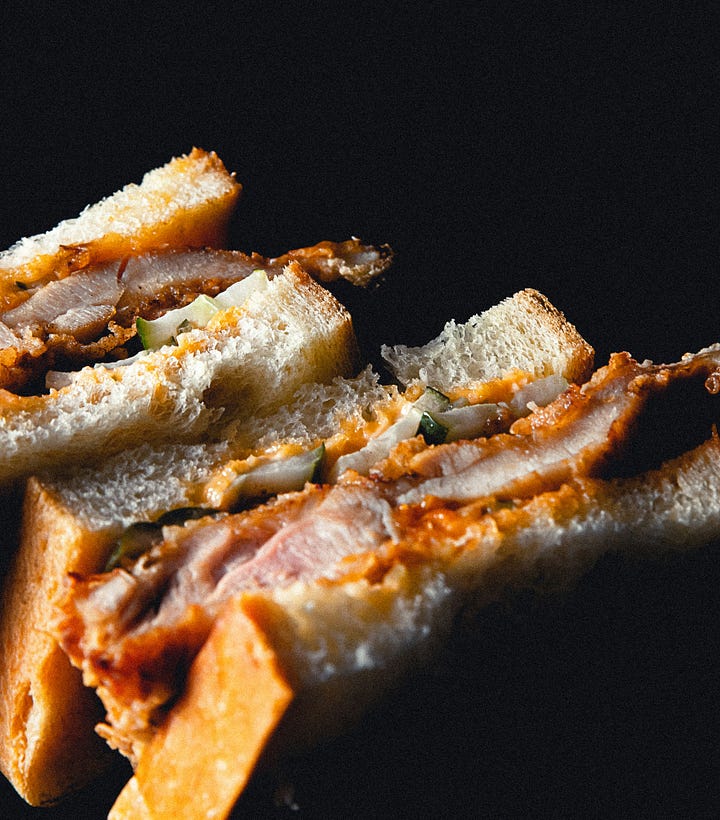
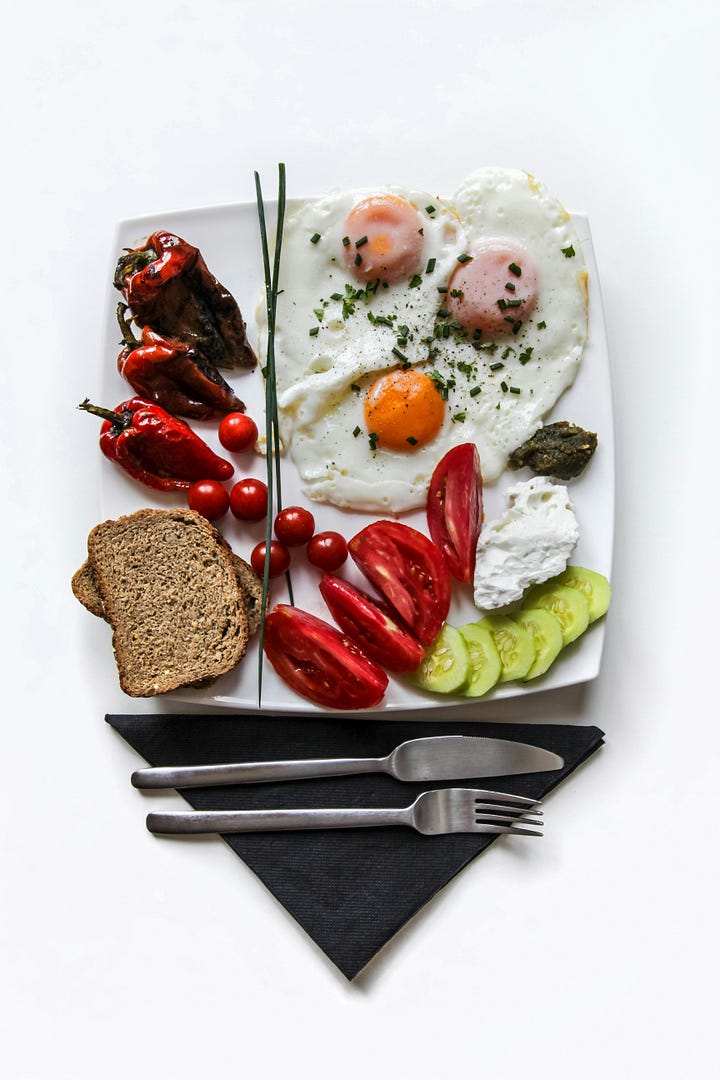
The magic of a great snack plate lies in contrast. Not in perfection. That’s what makes both highbrow cheese boards and lowbrow fridge raids work: they scratch the same itch. You get to be both chef and child — layering flavors, textures, and little surprises onto your plate or sandwich as you go.
The Essential Characteristics of a Great Snack Plate(highbrow or lowbrow):
Start With The Core Five:
Something bready: bread, crackers, a wrap, chips or whatever vaguely carb-like item you’ve got. ( i love these bake from frozen baguettes from wildgrain - not a sponsor but hey, call me )
Something creamy: cheese, yogurt, hummus, mayo, cream cheese.
Something salty: cured meats, olives, salted nuts, chips.
Something fresh or juicy: tomato, blueberries, peaches, cucumber, pickles.
A little crunch: veggies, chips, toasted bread, nuts.
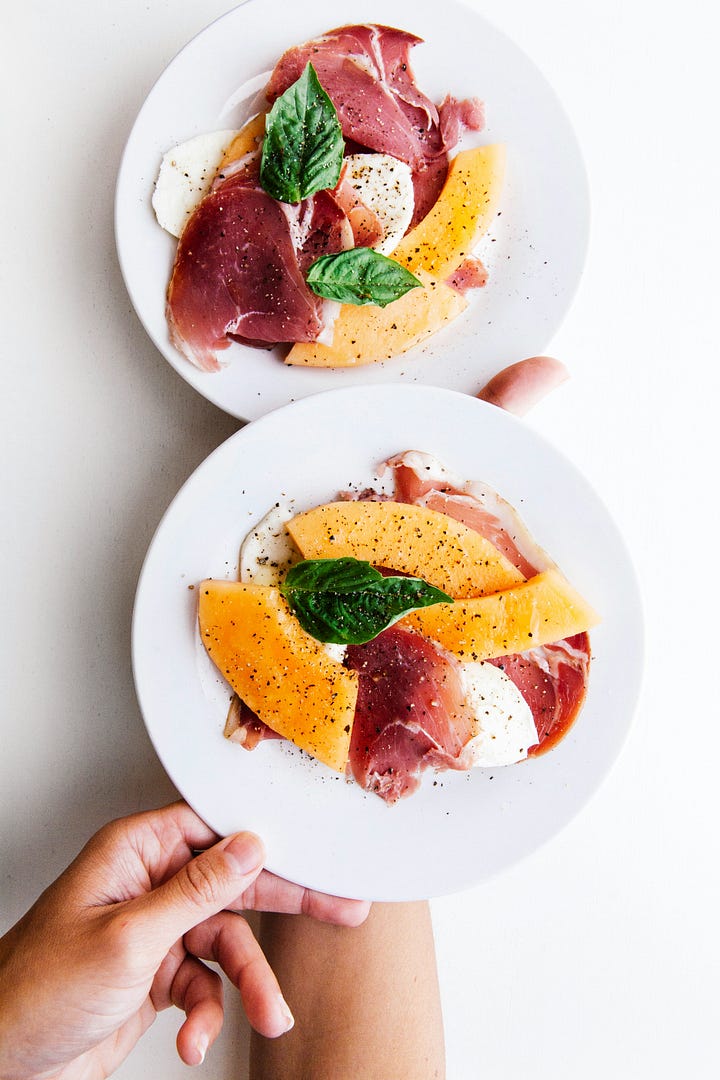
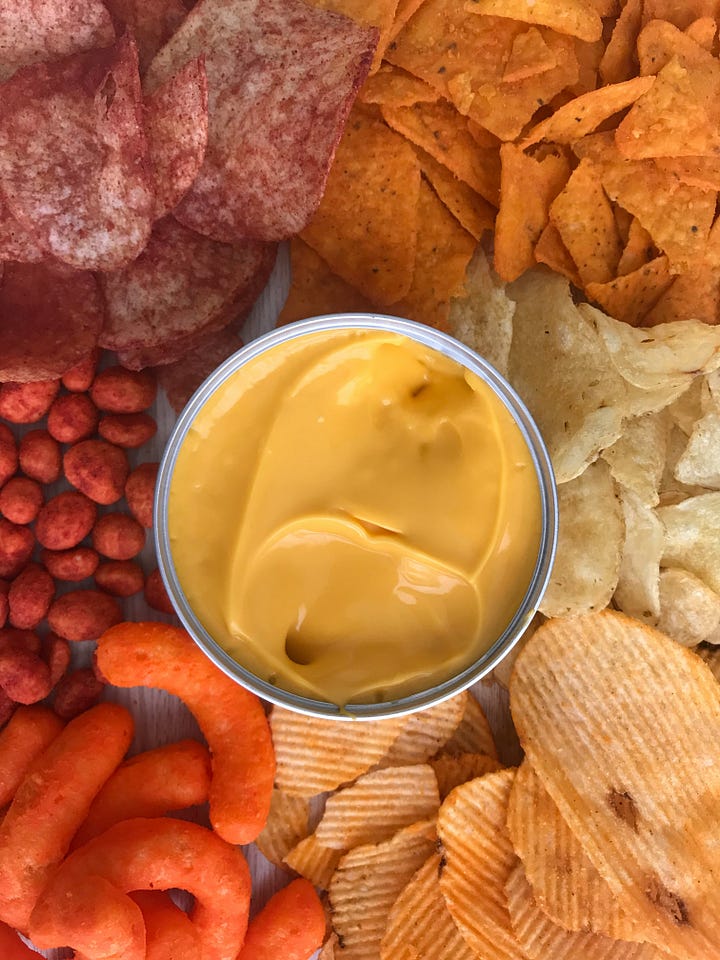
Melon and Prosciutto. Chips and Dip. Photos by Chris Ralston and Luis Cortes via Unsplash.
The Essential Dynamics
1. Textural Contrast High: Aged manchego with marcona almonds, honeycomb with brie Low: Chips with cream cheese dip, crackers with peanut butter
2. Temperature Play High: Chilled oysters alongside warm baked camembert Low: Cold leftover pizza with hot coffee, frozen grapes with room-temp cheese
3. Sweet-Salty Ping Pong High: Prosciutto-wrapped figs, salted caramel with flaky sea salt Low: Chocolate chips on potato chips, pickle spears with cookies
4. Acid Brightness High: Cornichons, aged balsamic, pickled pearl onions Low: Dill pickles, leftover coleslaw, squeeze of lemon on anything
5. Fatty Richness High: Triple-cream cheese, marbled salami Low: Cream cheese straight from the container, leftover fried chicken skin
6. Color Variety High: Rainbow of heirloom tomatoes, jewel-toned chutneys, purple grapes Low: Orange cheese, green pickles, red pepperoni, yellow mustard
7. Umami Punch High: Aged parmesan, anchovy-stuffed olives, mushroom pâté Low: Pepperoni, soy sauce packets, leftover parmesan from pizza delivery
This is why your random fridge plate works: you’re subconsciously checking these boxes. You’ve probably been practicing this since you were 6, so you’re already good at this. That slightly questionable bagel with leftover roasted veggies? Texture. The sleeve of crackers with peanut butter, pickles, and cold cuts? Sweet-salty-fat balance.

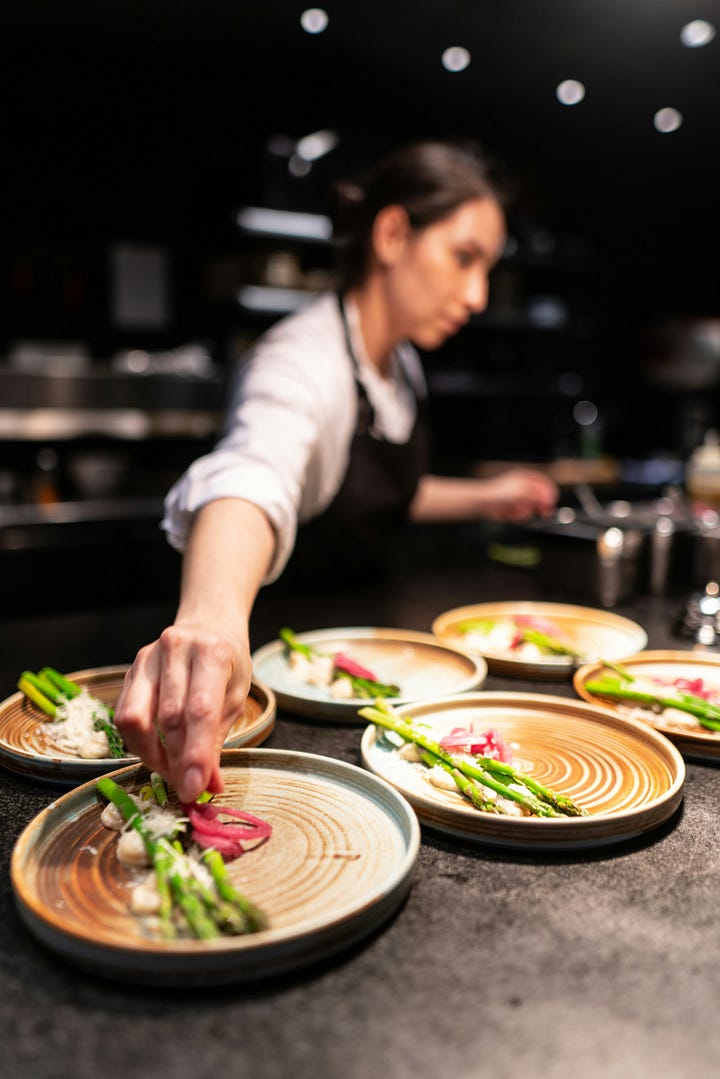
Snack plates and sandwiches work because they let you build tiny flavor journeys. And the best ones always feel abundant but not overwhelming. You’re creating an edible playground—a place where you get to experiment like a chef but indulge like a kid. Snack plates are one of the best no-cook meal ideas for hot weather—simple, satisfying, and endlessly adaptable.
The fresher the ingredients, the more interesting the plate. Not everyone can hit the farmers market every week, but wherever you’re shopping, fresher ingredients make every bite feel more vibrant.
Take my current (mostly) Costco-powered sandwich, for example: Daves 21 grain bread, turkey, ham, cheese, mustard, tomato, Greek yogurt, and sweet potato chips with a little olive oil and salt and surprise! some mint from my garden hidden in with spinach greens makes it taste amazing. It sounds chaotic—but layered on toasted bread, it works. The mint brings a weird little surprise that makes it taste fresh and fun. You don’t need perfection, you just need a few ingredients willing to play together.
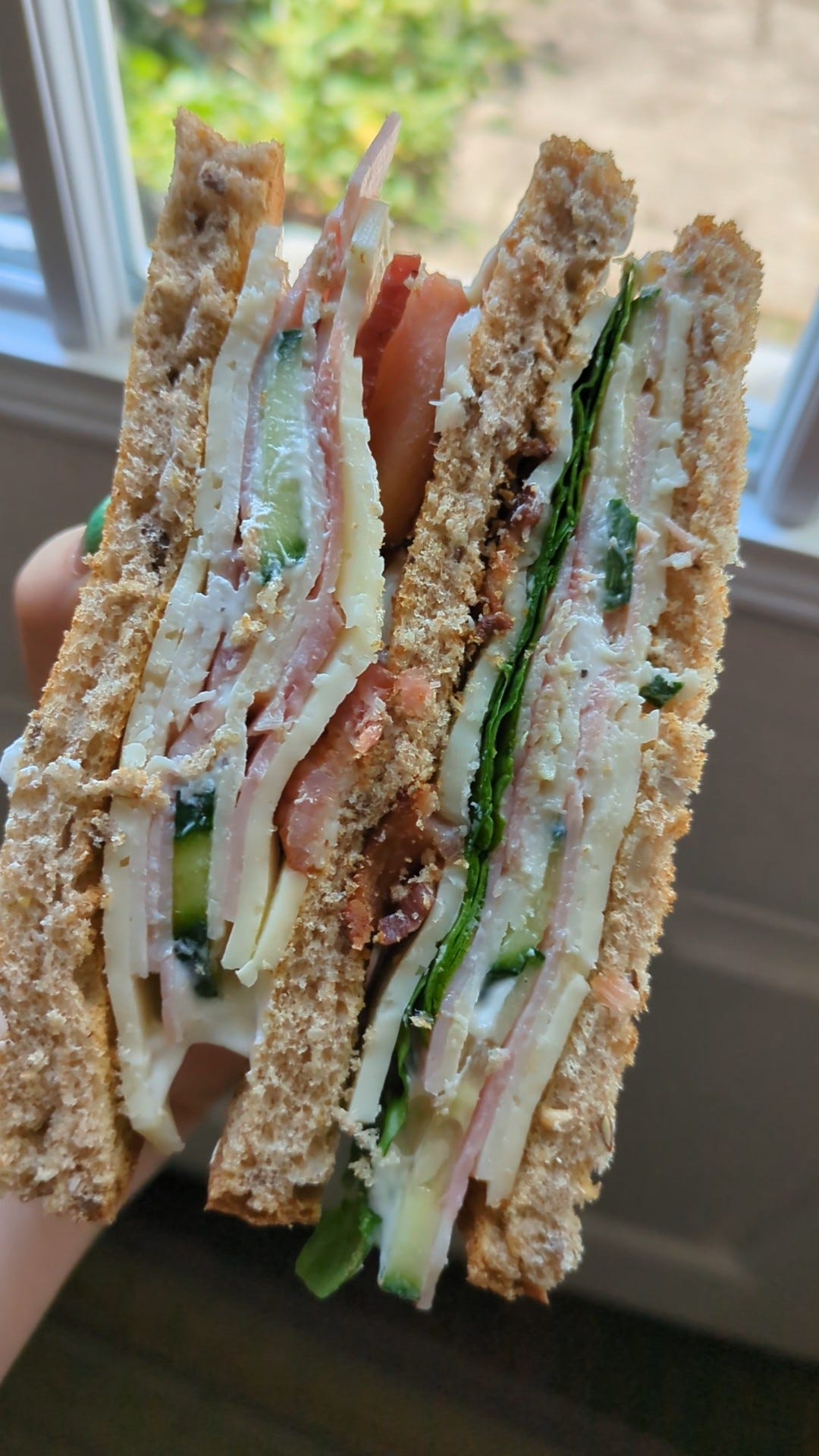
To me, the fresher the ingredients listed there, the more interesting the plate or sandwich gets. Not everyone has the time or budget to get everything at the farmer’s market, but here’s how I think about a sort of hierarchy of what is best and ‘fresh’ to me, even if all I have access to at the moment is a convenience store.
🧠 More ideas that fit the snack plate logic, surprising high-low combos that shouldn’t work but do:
🍉 Tajin-covered watermelon + feta
🔥 Sweet, salty, tangy—hydration with a surprise party.
🦃 Turkey jerky + cucumber slices + cream cheese + hot honey
🥵 Crunchy, chewy, creamy, spicy. (Your mouth will have opinions.)
🐟 Canned tuna + pickle slices + arugula + Kewpie mayo on toast
💅 Pantry desperation turns gourmet.
🍑 Burrata + peach slices + Cool Ranch Doritos crumble
😳 Don’t question it—just experience it.
🍗 Rotisserie chicken + Greek yogurt + lime juice + crushed Takis
💥 Protein-packed, tangy-spicy bomb. Taco vibes in a bowl.
🍘 Ritz crackers + hummus + roasted red peppers + sunflower seeds
🌻 Classic meets crunchy Mediterranean detour.
🥚 Hard-boiled egg + avocado + everything bagel chips
🧂 Basically brunch, snackified.
🧁 Ricotta + fresh berries + crushed graham crackers + mint
🌿 Lazy dessert plate energy with summer freshness.
🔥 Leftover grilled chicken + canned corn + cotija + lemon juice
🧂 Feels like elote ran into a lunchbox. In a good way.
🍓 Sliced strawberries + goat cheese + granola + fresh basil
🪴 Salad? Snack? Breakfast? Doesn’t matter—it works.
🧀 Cheddar cubes + apple slices + crushed Flamin' Hot Cheetos
🍎 Spicy-crunchy meets sweet-crisp. Yes please.
🥒 Cottage cheese + crushed saltines + dill pickles + olive oil drizzle
🫒 Weird grandma energy, but it slaps.
🍌 Peanut butter + banana slices + crushed pretzels + a little flaky salt
🧂 Sweet-n-salty playground energy.
🥨 Leftover rice + kimchi + crushed tortilla chips + sesame oil
🌶️ Lazy bibimbap meets snack mix.
🥕 Carrot sticks + whipped cream cheese + chili crisp + sesame seeds
🥵 Healthy-ish with chaotic hot crunch.
How to Actually Find Fresh Food (Without Losing Your Mind or Budget)
Let’s be real: most of us are not shopping like we’re filming Chef’s Table. You’re busy. You’re tired. You’ve got $45, a kid who won’t eat green things, and a fridge that smells like leftovers you meant to deal with Tuesday.

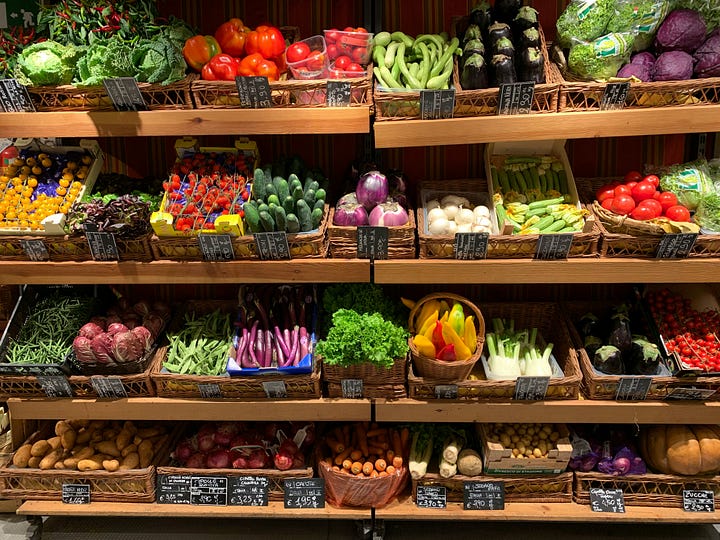
We live in a culture that pushes fast, shelf-stable, convenient food everywhere we go. Most of us are trying to feed ourselves and our people while juggling work, fatigue, and budgets. That’s the world we’re in. But that doesn’t mean we can’t eat better — or feel better doing it.
Still — you can absolutely make fresher, better choices. It starts with noticing what’s in front of you and learning to play the freshness game no matter where you shop:
🧠 The Freshness Game: A Simple Grocery Mindset
💡 Would my great-grandparent recognize this as food?
If yes, great. If not, check the label. A loaf of bread with five ingredients? Cool. A bag of “breadsticks” with 36 mystery ones? Maybe not.
🥬 Where’s the food in this food?
Look for whole ingredients first—like “rolled oats,” “tomato,” “whole milk.” That means less chemical fluff, more real nutrition.
🌀 Understand the spectrum
You don’t need to live off raw kale to eat well. Think of freshness as a spectrum, not a binary. Here’s the sliding scale:
Fresh: raw veggies, fruit, eggs, meat, milk, herbs
Minimally processed: frozen spinach, canned beans, rotisserie chicken, plain yogurt
Shelf-stable helpful stuff: nut butters, tuna packs, tortillas, rice
Occasionally: boxed mac & cheese, crackers, microwave burritos
Try to stack your cart toward the top half. But you don’t need to give up the bottom — just don’t live there.
🏷️ Flip the label.
Scan for synthetic-sounding ingredients, excess sugar, and additives you wouldn't stock in your kitchen (like "crystalline cellulose" or "partially hydrogenated oils").
📅 Check dates, but use your senses too.
Fresh produce should look alive — vibrant, not dull. Avoid bruises, slime, or funky smells. For packaged food, use your nose and common sense, not just the date stamp.
🌈 Eat the rainbow.
Naturally colorful food = variety = more nutrients. Try for at least 3 different colors on your plate. (Meaning naturally occurring colors, skittles don’t count, sorry.)
🍽 Build the meal around the alive thing
Instead of starting with pasta or chips, pick the fresh thing first—like tomatoes, cucumbers, or leftover roast veg. Then build from there. You’re the chef and the child: explore and assemble.
The truth is, every time you add one fresh, alive, or less-processed element to a plate, you’re doing something good — for your body and for your joy. Even if it’s just trading iceberg for spinach or adding bananas to your cereal.
A Note on “Doing It Right”
This isn’t a wellness cult or a purity project. This is survival joy. If you’re feeding yourself with care — even occasionally — you’re doing it right.
You don’t need artisanal anything to matter.
You don’t need to be perfect to be fed.
You don’t need a tomato grown by hand to make a good sandwich.
You just need something fresh, a little salt, and maybe a quiet moment to taste it.
Whether you’re assembling snack plates in your dorm, tossing together pasta from a travel-day fridge, or eating a sandwich in the car with the AC blasting — you’re still feeding yourself. And that’s a win.
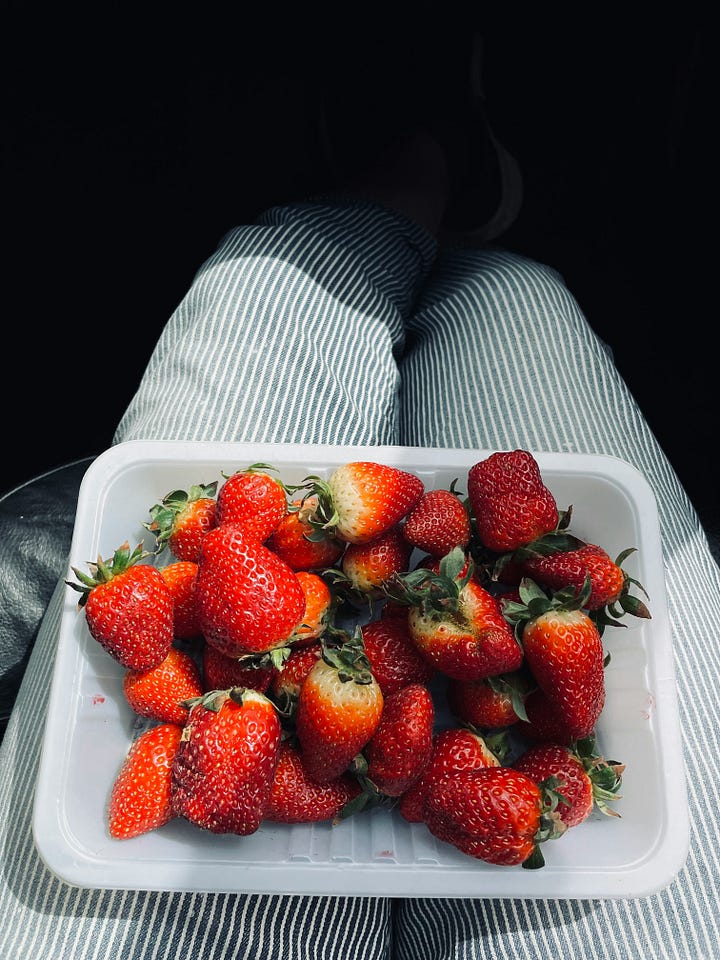
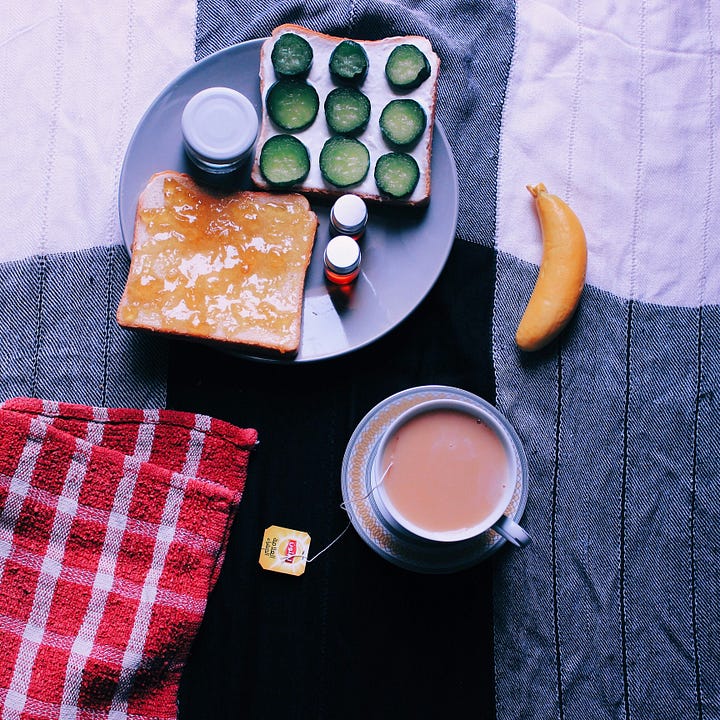
Leftovers? That’s Future You’s Power Move
Hot tip -If you read the first post in this series, you already know: make too much pasta at night, toss the leftovers in olive oil, keep it cold in the fridge. Tomorrow you’ll be living off your own brilliance with minimal effort. This could be the backbone of summer sanity. A little oil, a lemon, maybe some roasted zucchini or stray herbs, and suddenly it’s a cold pasta salad with main character energy.
That’s what we mean by Fresh Nothing Summer—you already have enough to make something satisfying. You’re not usually starting from scratch. You’re remixing. Rebuilding. Feeding yourself with care and cleverness.
Last night’s extras? Today’s lunch. Tomorrow’s win. If you missed the full breakdown of how this works, hop back to the intro article and get the full rundown. (It’s good.)
And hey—if paid membership isn’t doable, we get it. But even a one-time donation keeps the feast going. Thanks for being part of this table.
The Lazy Genius Game Plan
This summer, your “what should I eat” strategy doesn’t need to involve spreadsheets. Or even cooking.
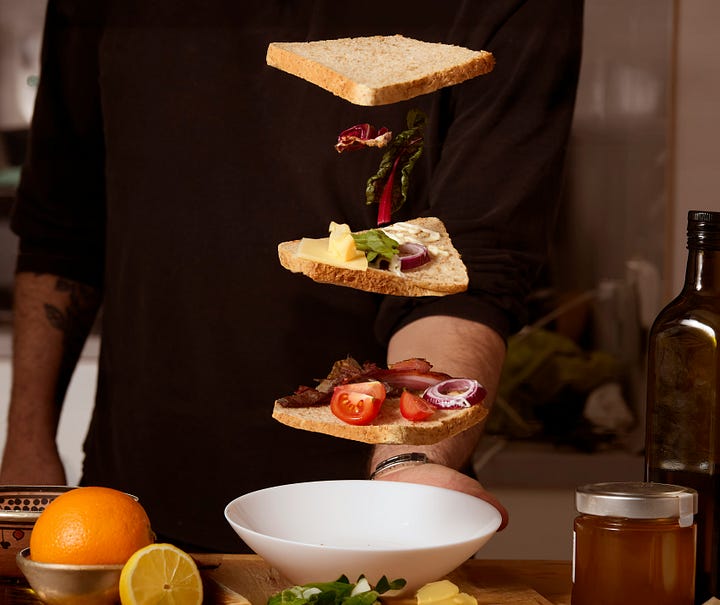
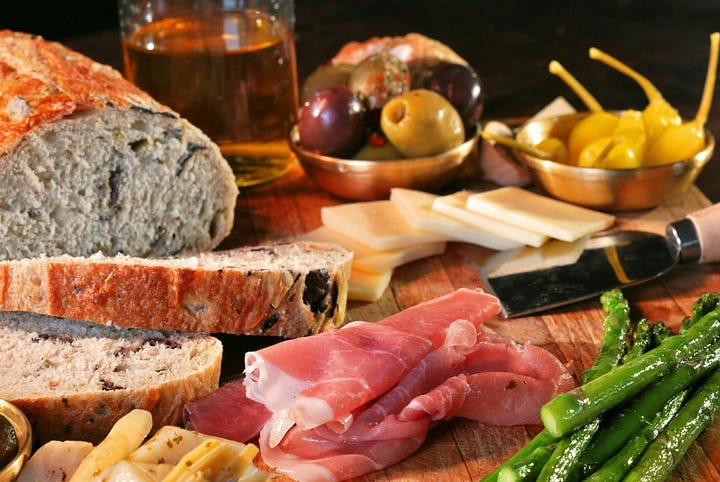
You don’t need a perfect kitchen, full day off, or rustic Instagram filter. Just a few rules-of-thumb that make eating better feel like less work:
Before we wrap (see what I did there), let’s make this easy to remember:
🥬 Try to start with something fresh. Fruit, veg, herbs, yogurt—whatever’s real and close.
🍞Build contrast. Cold + warm. Crunchy + creamy. Salty + sweet.
🧒 Be the chef and the child. Put chips in your sandwich. Try weird combos. Have fun. What would 6-year-old-you pair with this cheese? Try it.
So as we head into another sweaty, slightly chaotic week of summer, just remember:
Food doesn’t need to be complicated to be real. It just has to be yours. This is not about eating “clean.” It’s about eating real. Fresh where you can. Fun when you need it.
You’ve got a working system now. It’s flavorful. Flexible. Forgiving.
Whether you’re building a snack plate, prepping a cold pasta lunch, or just layering fridge finds onto toast—you’re doing it. And you’re doing great.
The Tomato Journal
Every post in this Fresh Nothing Summer Series includes this Tomato Journal: a short check-in on how our little backyard container garden is doing. Sprouts, setbacks, and small wins all count.
If you’re looking for urban tomato growing tips, how to start tomatoes from seed in pots, or just want to see what works (or doesn’t) in real life, stick around. We’re learning on the job—and sharing everything that helps.
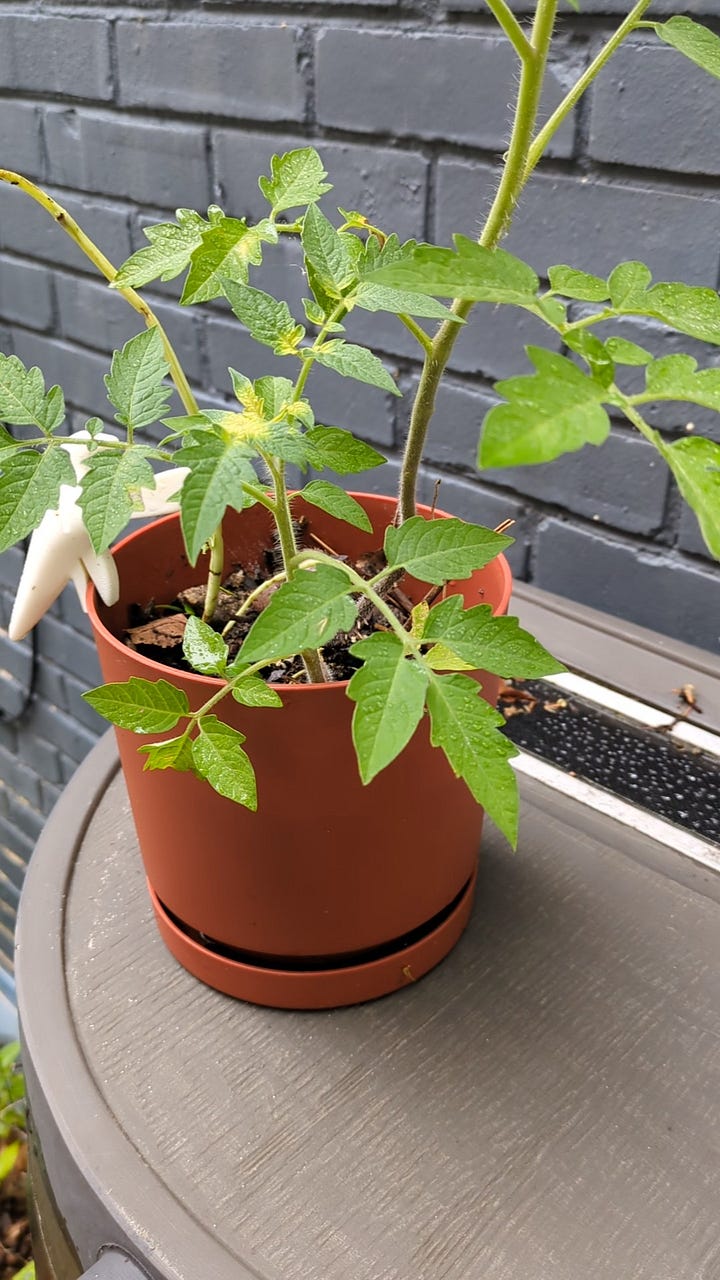
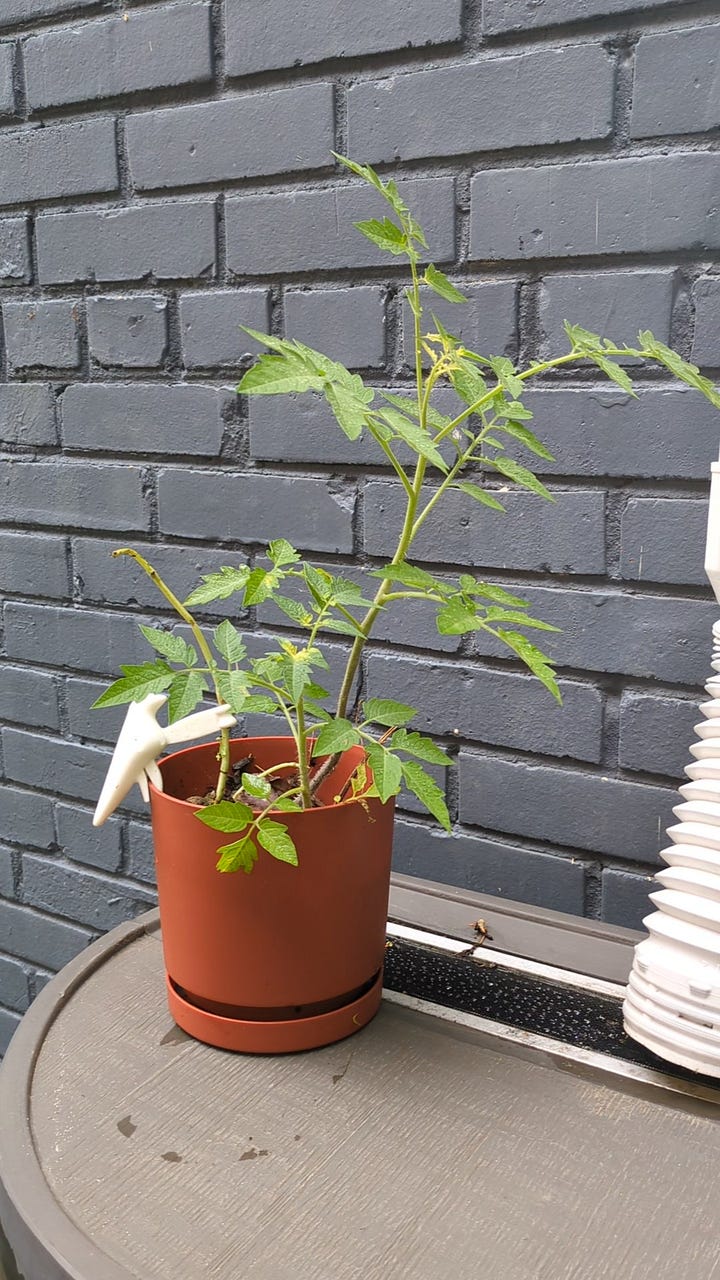
Current status: The tallest tomato plant is now about 18 inches high and still going strong, though we’re not sure if it’s one plant or two tangled together. No flowers yet. Some leaves are showing yellow spots, likely thanks to the weather swinging between soggy downpours and blazing sun with zero warning.
We tried companion planting basil with tomatoes in the same pot—but spoiler alert: the basil is not thriving. (RIP to three small basil plants so far.) Maybe it’s helping the tomato, though? We’ll pretend it’s teamwork.
We’ve got a few smaller tomato plants coming up in separate pots, too—closer to 8 inches tall. No signs of flowering yet, but they look healthy-ish for now.
Next steps:
Watch for flower buds (flowers = future tomatoes)
Consider transplanting tomato seedlings to larger containers or directly into the ground
Prep for bug patrol if we go in-ground
Be patient—our local growing season runs late, sometimes into December!
Up Next on the Blog: Why Carbs Taste Better in Europe - Yes it’s The Law (and How to Steal That Joy Back)
Next time, we’re crossing the Atlantic—at least in spirit—to talk about why bread, cheese, and olive oil taste better in Europe—and what that has to do with fermentation laws, food labeling, and, yes, a historic wave of anti-fascist pasta parties in 1930s Italy. (yes for real)
What are the differences and what can we learn from people who are still trying to make the real real stuff.
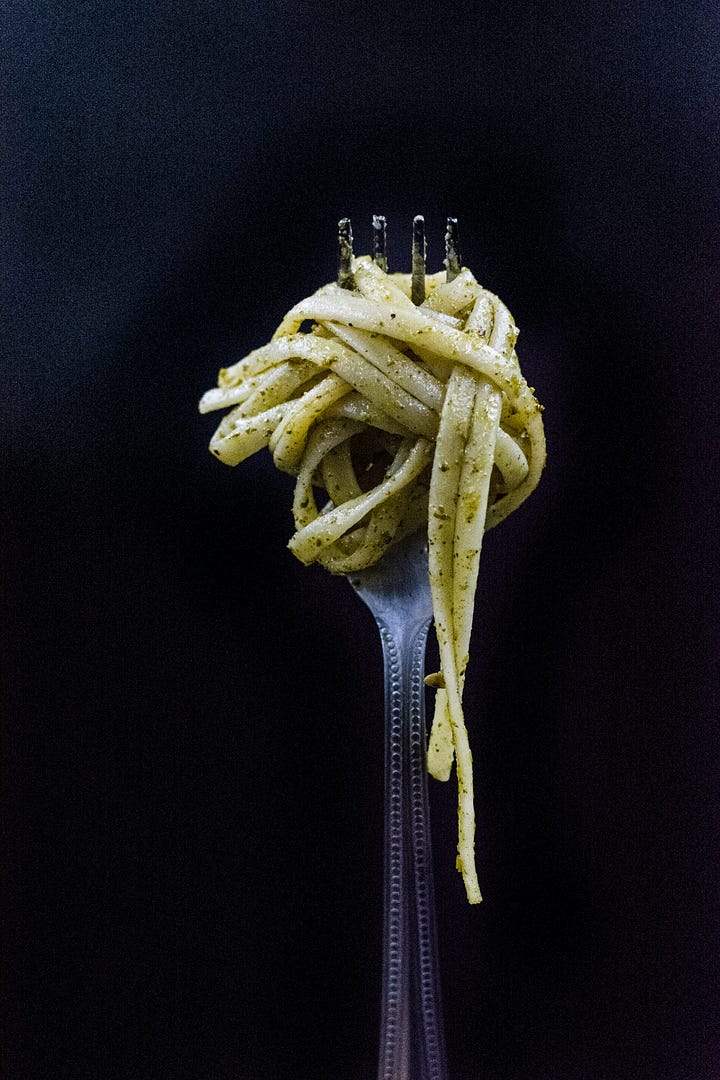

This isn’t just about food snobbery or aesthetic Instagram reels. It’s about how legal protections, slower methods, and a little bit of rebellion can preserve the joy in basic foods—and how we can channel some of that energy here, even within a more commodified food system.
If this post fed you — even just the good kind of snack plate brain food — hit that subscribe, follow the social trail, and come hang out again soon.
Drop a comment with your favorite no-cook summer move
Follow along on socials for snack plate inspiration and low-effort brilliance.

